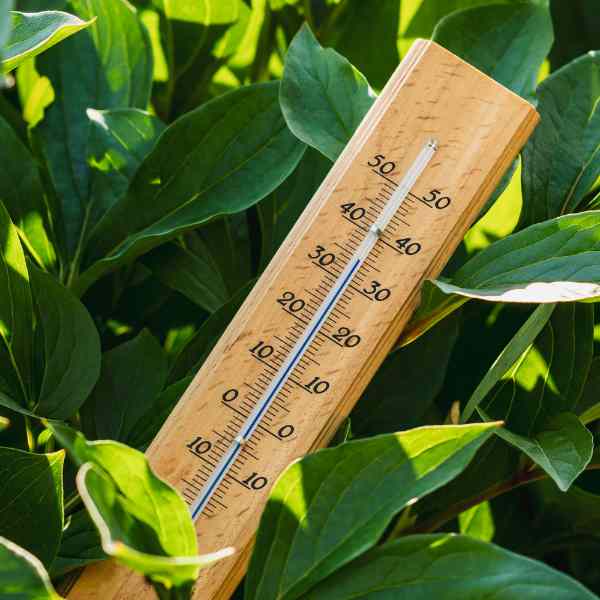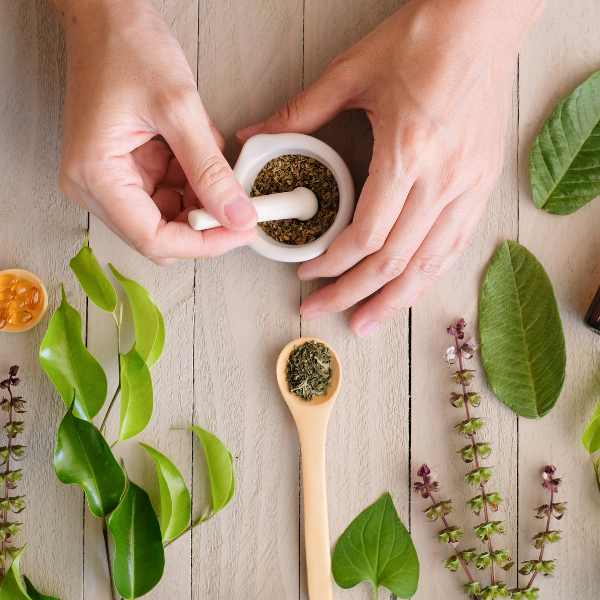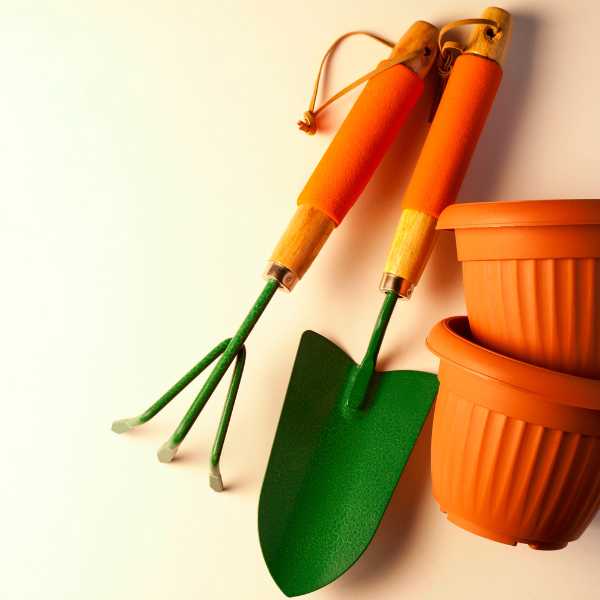Grow A Herb Garden
Fresh, garden-grown herbs are an absolute must for any kitchen gardener. You can prepare and plant up a new herb garden in next to no time, and for a super-low cost too!
Where to Plant Your Herbs
The ideal herb-growing spot gets a good amount of direct sunshine and is near your house, which is important because you want your herbs as close to hand as possible so you will be more inclined to pick them as and when they’re needed.
Most herbs don’t need rich soil, so don’t waste your best compost on them – average garden soil is usually fine so long as it’s free-draining. If you’re growing Mediterranean herbs like lavender or rosemary and your soil is heavy it would be worth including some all-purpose potting mix with added grit to give them the sharp drainage, they love.
To keep costs down you can grow herbs using a few super-easy affordable methods: from seeds, by taking cuttings, dividing existing plants or from grocery bought herbs.
Sharing seeds
Grouping your money together with a few friends and buying several packets of seeds is an inexpensive way to start your herb garden. Most seed packets contain many more seeds than you need so sharing is a way to spread your dollar further. You will also have a wider choice of varieties to choose from than you would normally see in plant form at a nursery.
Propagate Herbs from Cuttings
Cuttings of herbs such as basil and mint can simply be placed in water then wait for them to produce roots, which should take around two weeks. The rooted cuttings can then be potted up into pots of fresh potting mix.
Other herbs like thyme and rosemary can be rooted in a very free draining potting mix (for instance all-purpose potting mix with some added perlite), then carefully separated out and planted into their own pots.
Divide Existing Herb to Make New Plants
In many cases new plants can easily be propagated by lifting up and dividing existing plants. Simply dig the whole clump up with a garden fork, taking as much care as you can not to damage the roots. Then stab two forks back-to-back into the clump and rock them back and forth to prise off pieces. These pieces can now be planted into your new herb bed, and the remainder of the clump replanted where it came from.
This method works well with oregano, chives, creeping varieties of thyme, and lemon balm. Plants should ideally be divided towards the end of the growing season, while the soil’s still warm but top growth has slowed – this will reduce the stress on the plant as it’s lifted and split. Keep the plants well-watered while they establish.
Positioning Your Herb Garden
It’s important to make sure that sun-loving herbs are not overshadowed, so make sure to stagger them in order of height, with taller herbs such as rosemary and mint towards the back (furthest away from the sun), then medium-sized herbs such as oregano, parsley, basil and cilantro in the middle, with creeping herbs like thyme at the front.
Take time to lay out your herbs, still in their pots, so you can get an idea of what they’ll look like once planted. This means you can rearrange the layout until you’re happy.
If you’re growing mint, do be aware that it can become invasive. A neat trick to avoid problems with this is to plant them in a deep pot, then plant the whole pot into your garden. That way the roots can move down through the holes in the bottom of the pot to seek moisture and nutrients in the soil, but they are prevented from spreading out sideways.
Indoor Herb Garden
Herbs are easy to grow on a kitchen windowsill and you cannot get any nearer to your stove. Just make sure that the sun is not too harsh, or they can get fried quite easily through the glass. My kitchen window gets morning sun, and it works perfectly. Growing herbs indoors also helps to purify the air and the aromas from fresh herbs can be uplifting.






